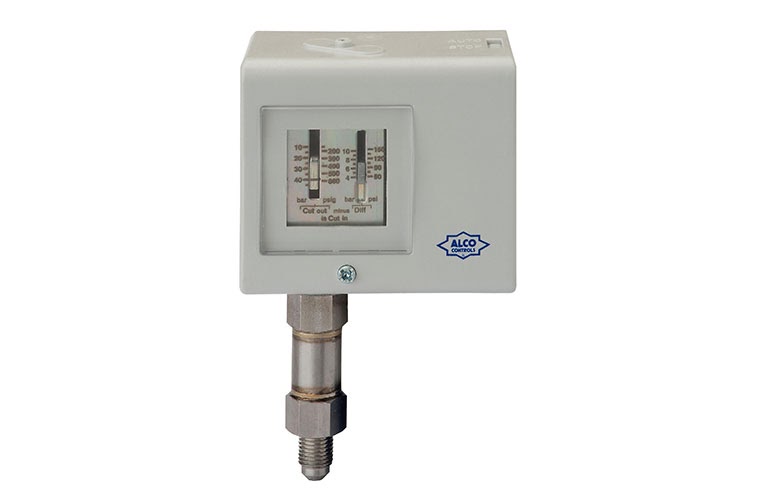Hvac Rla
HVAC systems are essential for ensuring comfortable temperatures in buildings, but they can also cause headaches when not functioning correctly. One crucial element to consider when evaluating HVAC performance is RLA, or Rated Load Amperage. Understanding RLA can help you diagnose common HVAC problems and make informed decisions about maintenance and repairs to keep your system running smoothly.
Identifying Pain Points with HVAC RLA
When your HVAC is struggling to maintain a consistent temperature throughout a building or is experiencing unusually high energy usage, it can be an indication that there is a problem with the RLA. In most cases, it is necessary to replace the compressor or the compressor motor. Any HVAC system that does not consume electricity within its rated load amperage won't run efficiently or cool or heat correctly.
What is HVAC RLA?
Rated Load Amperage (RLA) is a crucial performance measurement of your HVAC system. It tells you how many amps the system must provide to operate correctly. By understanding this concept, you'll be able to identify problems with compressor and motor performance. The RLA of a compressor motor specifies the maximum current it can continuously handle without damaging the components and electronics. The level of RLA varies depending on factors such as voltage, amps, phases, and type of compressor.
Why is RLA Important for Your HVAC System?
If your RLA rating is lower than the current being drawn by your HVAC unit, it can lead to power supply problems and inefficiency, and can cause damage to the compressor motor. The high current leads to the overloading of compressor motors and breakers resulting in costly repairs or replacements, leading to HVAC malfunctioning. Monitor your HVAC RLA to ensure it is within the limits specified in the manufacturer's documentation and get some guidance if necessary.
HVAC RLA Target
The main goal of understanding RLA is that it can help you diagnose HVAC problems before they turn into costly repairs. For example, if you notice your system running at higher-than-normal temperatures, it could be a sign that the compressor is drawing too much current. Identifying the source of the problem early on can save you both time and money.
Let's take a personal story as an example. One hot afternoon, I walked into my cozy house looking for comfort from my HVAC system. However, all I could feel is hot air coming from the vents instead of cold. I checked my thermostat, and it was functioning fine, but the air wasn't cooling. After inspecting the external unit, I noticed that the fan was turning, but the compressor wasn't. A quick check of the RLA revealed that it was over the rated 19A. After replacing the compressor motor, the system started running safely and efficiently.
RLA vs. FLA in HVAC
When dealing with HVAC electrical components, it's not uncommon to come across FLA. FLA (Full Load Amperage) refers to the maximum current drawn by the motor where the initial torque is still present. RLA is the current that the motor should run at, and FLA is the current that the motor will initially draw when starting up. Understanding the difference between these two can help identify whether your compressor is running more efficiently.
To simplify it further, FLA is the amperage discharged when the HVAC system starts while the RLA is the current consumed when it runs efficiently. The FLA of practically all air conditioning compressors is higher than the RLA because of the extra amperage required to start the system, often known as a "locked rotor" amperage.
HVAC RLA: FAQ
Q: What factors affect the RLA of an HVAC Compressor?
A: The RLA for a compressor is a factor of its voltage rating, amperage rating and horsepower, phases of the compressor.
Q: Is it safe to run an HVAC system with an RLA that is higher than the stated value in the manufacturer documentation?
A: No, it is not safe. Overloading the compressor motor and breakers can lead to system failure, overheating, or a fire hazard.
Q: What should I do if I suspect that there is a problem with my HVAC RLA?
A: Contact a trained professional to diagnose and repair your HVAC system properly.
Q: How can I monitor my HVAC RLA?
A: You can monitor your HVAC RLA by measuring the amperage the system draws from your power source using a clamp meter or by consulting your owner's manual for instructions on how to access the control panel.
Conclusion
RLA is an essential performance metric to consider when evaluating the efficiency of your HVAC system, and it's important to understand what it is and how it works. By monitoring your system's RLA and being aware of its limits, you'll be better equipped to diagnose and address common HVAC problems before they turn into costly repairs.
Gallery
Common HVAC Problems You Need To Check

Photo Credit by: bing.com / problems dotcom
Factory Authorized Parts - ZR54K5E-PFV-830 Copeland Scroll Compressor

Photo Credit by: bing.com / rla pfv copeland 1ph r22 230v compressor
Factory Authorized Parts - P031-3471 Tecumseh Compressor, 460V 3Ph, R22

Photo Credit by: bing.com / p031
LRL HVAC Solutions :: Gallery
Photo Credit by: bing.com /
HVAC: Alco Safety Valve For High Pressure Refrigerants

Photo Credit by: bing.com /
0 Response to "Hvac Rla"
Post a Comment